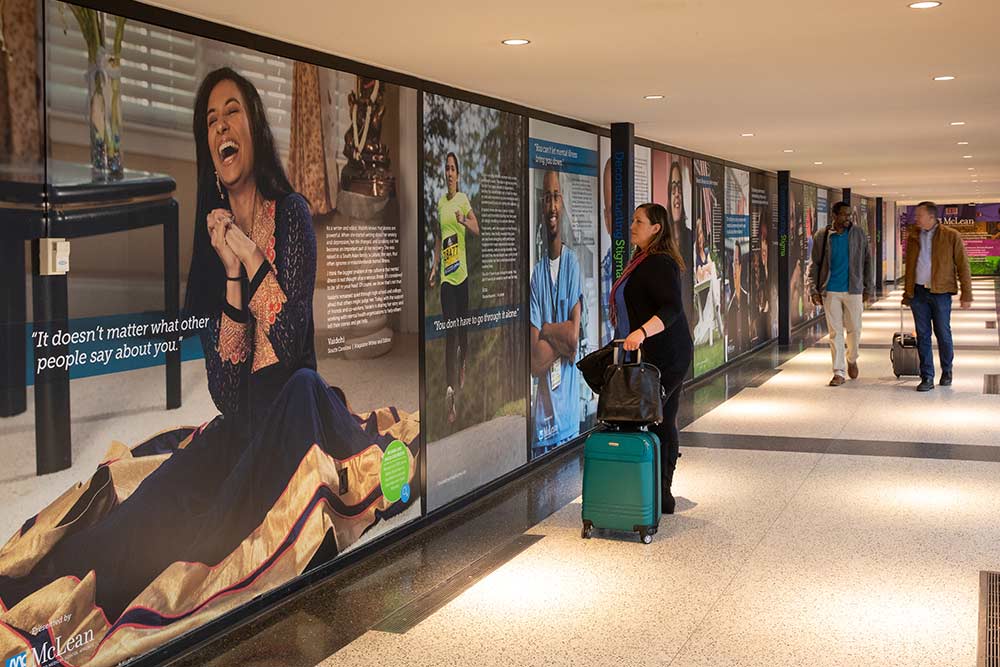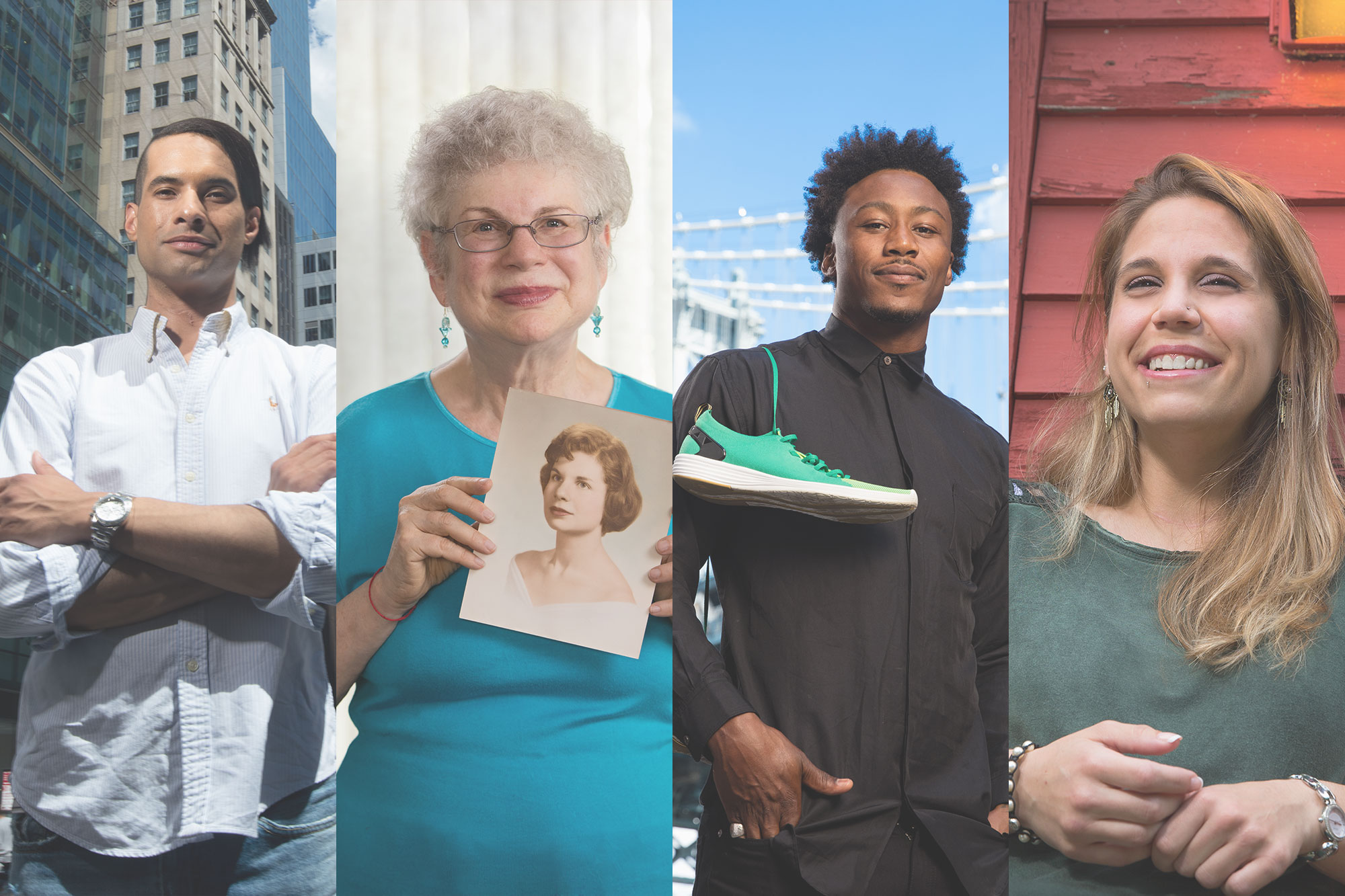Resiliency is doing the hard things
As someone with intersecting identities, Finn has faced many challenges.
I feel like the wall is so high already because I am trans, but then you add that I’m also Indigenous, that I have mental health conditions, that I’m disabled—all of these things are stacking up against me.
Finn grew up in an abusive household. At home, he witnessed constant violence and learned that emotions were not to be discussed.
Emotions would make you a target for more abuse, so I pushed down the feelings. But if you push them down, they will eventually come back up.
As Finn grew older, he experienced anger and intense anxiety. He had yelling outbursts and crying spells. He struggled in school because of undiagnosed ADHD as well as learning disabilities. He was coming to terms with being transgender—and when he came out, his family rejected him. He had no support.
Starting in 2009, after eight hospitalizations and numerous suicide attempts, Finn was diagnosed with borderline personality disorder (BPD), major depressive disorder, generalized anxiety disorder, obsessive compulsive disorder (OCD), and attention-deficit/hyperactivity disorder (ADHD). Of these, BPD was the hardest diagnosis for Finn to accept.
I had a stigma toward this diagnosis and thought, ‘This can’t be right.’ For 15 years, I didn’t accept the diagnosis and pushed it under the rug.
After a 33-day inpatient stay at a psychiatric hospital, Finn had a conversation with a good friend, who encouraged him to learn more about BPD. Finn finally decided to research the condition. After 15 years in denial, he realized the diagnosis made sense.
My mind was blown. I obviously have BPD. I was in denial, but I have so many of the symptoms: black-and-white thinking and issues with my relationships and emotions, for example. It’s liberating to acknowledge my BPD. Now, I can treat the underlying issues, not just the symptoms.
Now, Finn works diligently to manage his mental health.
He participates in an outpatient program, where he receives transcranial magnetic stimulation (TMS) for depression as needed. He found a medication that helps him manage the intense emotions of living with BPD. He participates in dialectical behavior therapy (DBT), which involves mindfulness, distress tolerance, emotional regulation, and interpersonal effectiveness.
He meets with his psychiatrist and a therapist regularly. Perhaps most important of all, he has cultivated relationships with a loving wife and a chosen family of friends.
I have very supportive people in my life. When I tell them about my mental health struggles, they’re good about it. My friends check in on me and know the signs when I’m slipping back into depression. They’re good about getting me out of the house for a walk or a cup of coffee.
Finn’s wife has been there for him “since day one.”
She’s been there through every hospitalization, doctor’s appointment, and medication change. She constantly gives me hope, she loves the ugly pieces of me that I can’t stand, she tells me how much of a good person I am, and she can see all of that within me.
In addition to building relationships, Finn has found meaningful purpose. He was recently ordained as a novice Soto Zen Buddhist priest. He is also employed with his region’s public school board as an education assistant. He works with students who have behavioral needs, such as ADHD, autism, physical disabilities, and intellectual disabilities.
He is surprised to have ended up with a career in education.
I remember on my last day of high school saying to myself, ‘I am never ever coming back to school ever again.’
He sees similarities between the students he works with and himself at that age, though. He tries to be the person that he needed back then: a strong, supportive adult that children can trust—someone who believes in them. By doing so, he can believe in himself.
Being able to see them as me as a child is very cathartic.
Finn says it’s resilience that’s allowed him to live a life of intersecting identities and to manage mental health struggles, physical illness, and stigma. He is currently trying to manage the debilitating pain of fibromyalgia.
It’s been really difficult for me to accept my fibromyalgia diagnosis, and I’m still having trouble accepting that I am disabled.
But resilience is what allowed him to ask for help when he almost died by suicide several times. It’s how he could acknowledge he has BPD and receive the treatment he needs. It’s how he goes to therapy and opens up about uncomfortable, but important, issues he deals with.
Resiliency to me is doing the hard things, despite them being difficult and despite being afraid and not wanting to do them. It’s about knowing in your heart that you need to do them.

